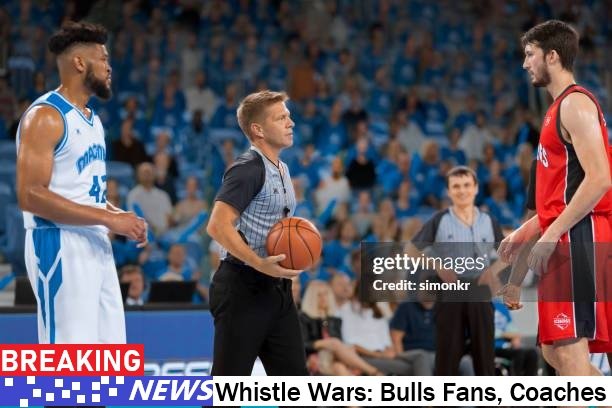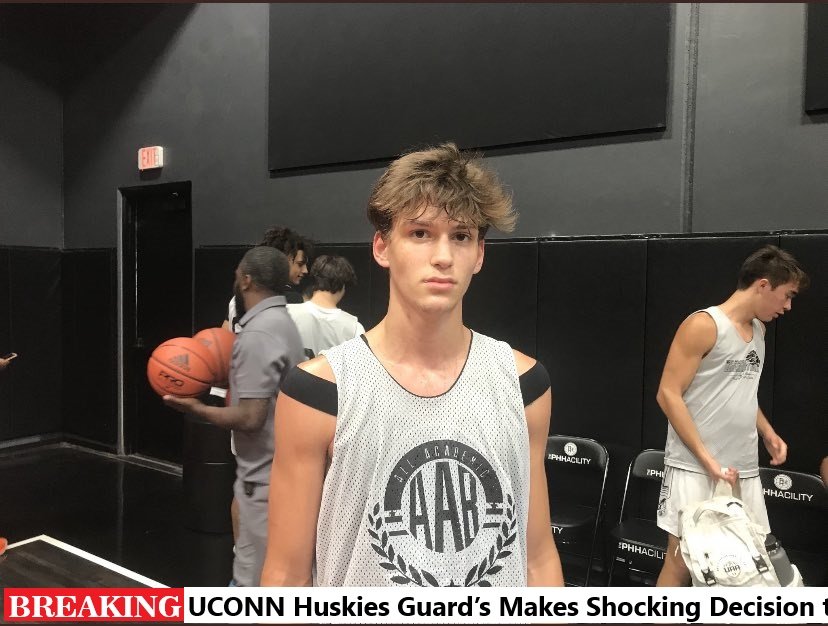Encapsulates a significant development within the world of professional women’s basketball, hinting at potential changes in team dynamics and player movements that can greatly impact the league’s competitive landscape. This news not only highlights the fluidity of roster management in sports but also underscores the strategic considerations teams face as they navigate through seasons, aiming to optimize their chances of success.
Allisha Gray, a notable WNBA player, has evidently attracted attention for a possible trade, drawing speculation and analysis from fans, experts, and teams alike. Such speculation often arises from a combination of factors including player performance, team needs, contractual situations, and the broader competitive environment within the league.
Firstly, Gray’s status as an All-Star indicates her proven abilities on the court. All-Star players typically possess a combination of skill, athleticism, and basketball IQ that make them sought-after assets. Gray’s contributions to her current team, both in terms of scoring, defense, and overall impact, likely contribute to her market value. Teams seeking to bolster their roster for a playoff push or to address deficiencies in specific positions may view Gray as a valuable addition capable of making an immediate impact.
Secondly, the timing of the potential trade is crucial. The term “deadline” suggests a finite period within which teams must finalize their roster adjustments. In the context of professional sports leagues like the WNBA, trade deadlines mark a point of strategic decision-making for teams. They must weigh the potential benefits of acquiring new talent against the stability and chemistry of their existing roster. For Gray’s current team, the decision to trade her would involve balancing immediate gains versus the long-term implications for team cohesion and performance.
Moreover, the dynamics of trades in professional sports extend beyond the players themselves. Contracts, salary cap considerations, and team strategies all play pivotal roles in shaping trade negotiations. Teams may seek to offload contracts or acquire players whose salaries better fit their financial constraints. This financial aspect adds another layer of complexity to trade discussions and can influence the likelihood and timing of player movements.
From a broader perspective, trades in professional sports are not merely transactions; they are strategic maneuvers aimed at achieving competitive advantage. Successful trades can elevate a team’s prospects, injecting fresh talent or addressing specific weaknesses. Conversely, poorly executed trades can disrupt team chemistry and undermine morale. As such, front offices must carefully evaluate the potential risks and rewards associated with each trade opportunity, considering both short-term gains and long-term implications for team-building and success.
For Allisha Gray personally, being identified as ‘most likely’ to be traded can evoke a range of emotions and considerations. While trades are a part of the professional sports landscape, they can still be unsettling for players who may need to uproot themselves and adjust to new environments. Players often develop strong ties to their teams and communities, making trade rumors and actual trades significant life events beyond the court.
Furthermore, the media and fan reactions to trade rumors can amplify the pressure and scrutiny faced by players like Gray. Professional athletes are not only performers but also public figures whose careers and personal lives are subject to public interest and speculation. The constant scrutiny can add to the complexities of navigating a career in sports, requiring resilience and adaptability from players as they navigate uncertain terrain.
In conclusion, the headline regarding Allisha Gray potentially being traded at the WNBA deadline encapsulates a multifaceted story within the realm of professional sports. It underscores the strategic calculus, competitive dynamics, and human elements involved in player transactions. As fans await the outcome of trade negotiations, the broader implications for teams, players, and the league itself remain a topic of intense interest and discussion.









